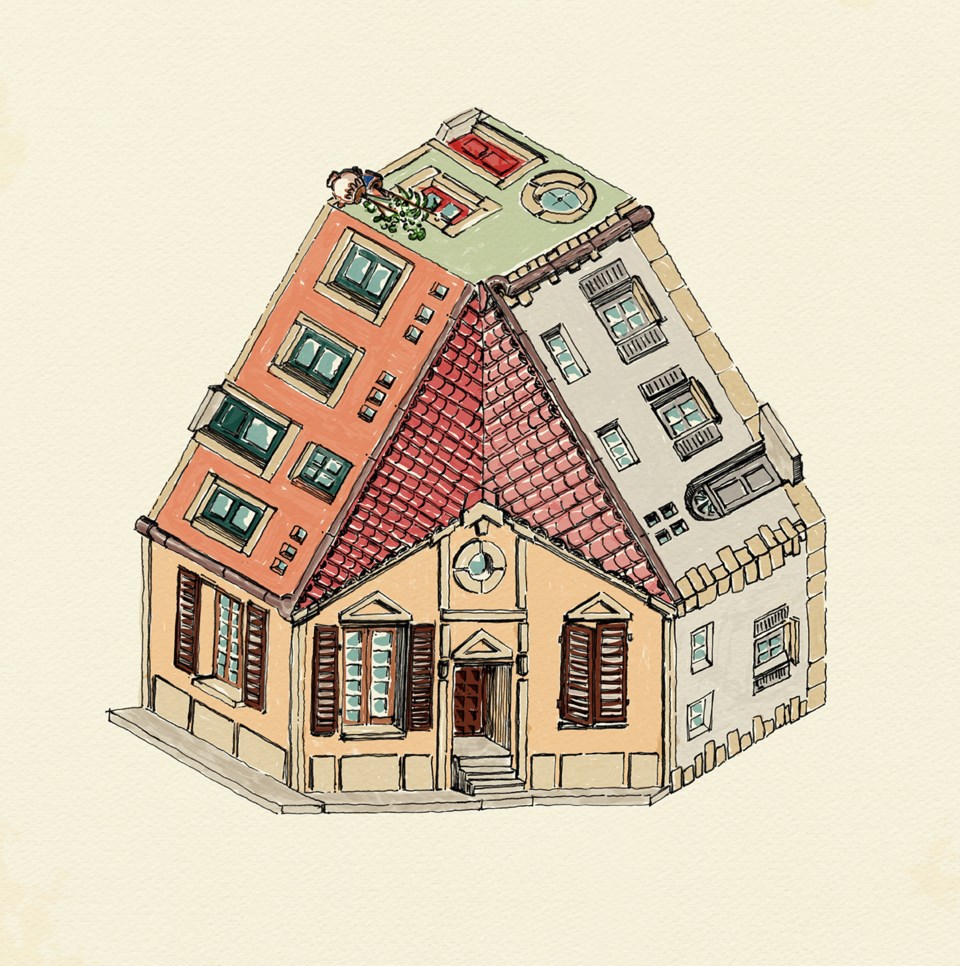Janey Harper decided that if she wanted to live in the type of community she was looking for, she'd have to create it from scratch.
She liked the feeling of the co-housing neighbourhoods she visited in Vancouver and began thinking about starting one herself. As Squamish continues to be pressed for housing, Harper thinks some residents – particularly seniors – may be interested in creating a new community of their own in Whistler or on the Sunshine Coast.
"Living in a co-housing community is like living in a true tribe or extended family where there is a distinctly higher level of trust than you would find in most other communities. Everybody knows everybody else," she says. "Seniors need to age in place, in a beautiful way, not isolated in their single-family dwellings and cut off from the world."
Co-housing is a cluster of private homes built around a common house with shared amenities, a close-knit community often considered to be like a small town or village in one building or on one section of land. Many of these buildings are multi-generational, housing singles, young families, and seniors.
The central building includes a common kitchen and dining room. Other amenities may include a childcare centre, office space, guest rooms, gardens, workshops, arts and crafts area, exercise studios, laundry, a swimming pool, and shared vehicles. Each individual home is self-sufficient and can take various forms, from one-bedroom condos or rental apartments to townhouses, to multi-bedroom detached homes.
And while the upfront costs may be a little higher than building a single family home on your own, there may be benefits to living collectively.
These neighbourhoods often aim to reduce waste and be environmentally friendly. But the main draw of cohousing is communitas, says Harper, a Latin word meaning the "spirit of community."
"It ends up being a culture of caring," she says. "As we continue to build the community, everybody's always working together."
Residents own their strata units and participate in the planning, design, and ongoing maintenance and management of the property decided through a consensus decision-making process at resident meetings. Some co-housing neighbourhoods require members to cook communal meals once or twice a month for the other residents.
But this kind of communal living is not for everyone. Members need to have some shared values to make it work, which is generally what brings them together in the first place.
"You're going to have power struggles initially, but people who decide to stay in this kind of community believe in equality and supporting each other," Harper says.
The co-housing movement started in Denmark with Jan Gudmand-Hoyer in the 1960s. Today there are 18 completed or developing co-housing communities in B.C. listed at cohousing.ca, including four completed neighbourhoods in Metro Vancouver.
Those interested in learning more about joining a co-housing community in Whistler or on the Sunshine Coast can attend Janey Harper's presentation at Whistler Public Library on Saturday, March 3 from 2 p.m. to 4 p.m. Email [email protected] to register for the presentation.



